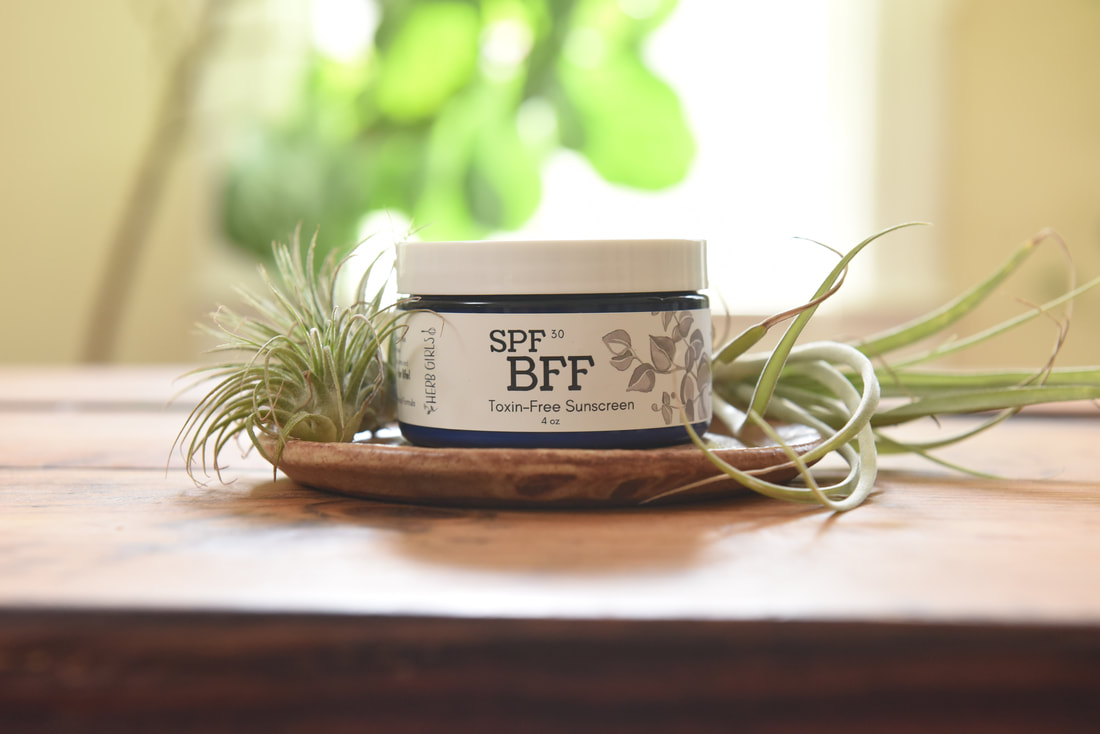Developing a Healthy Relationship with the SunSunscreen, sunblock, SPF, UVA, UVB… we’re all too familiar with these summer-time terms and yet they perplex us all the same. Is SPF 50 really that much better than SPF 45? And how do they calculate those numbers anyways? Why does it burn when I rub it into my face, and how often should I reapply? Yes, we want to protect our skin from excessive exposure, but it is only natural to seek the sun after a winter filled with cold and clouds. And of course, most can’t deny the desire for that sun-kissed, summertime glow. But that’s just it: sun-kissed has become equated to cancer-kissed in the modern world. We are scared to go outside and rightfully so: study after study confirm that the sun is determined to fry us to a crisp and turn all our skin cells against us. And now there’s all this talk of sunscreens actually causing cancer and destroying coral reefs. Interestingly, even though there are more sunscreens and media coverage than ever before, cases of malignant melanoma are rising every year, representing a 200% increase from 1975 to 2013¹. How could this be if our awareness and product access is better than ever? Well, the answer is complex, but here are some key points:
In a nutshell, UVA and UVB represent different wavelengths. UVB is highest around solar noon (11 am- 2 pm) and is critical for Vitamin D absorption. UVA rays are much more intense, seeping deeper into your skin cells and causing more free radical damage. UVA is also present all hours of the day whereas UVB is low in morning and afternoon 6.
While supplements exist and offer some benefit, the most efficient and effective way to absorb Vitamin D is through direct sun exposure- 15-25 minutes a day, especially during the sun-rich spring and summer months around noon (remember this is when beneficial UVB is at its highest!). The more skin exposed the better! Our body stores up Vitamin D during the warm months to use all year long. This partially explains why many of us come down with the flu or other viral and bacterial infections in the late winter months; our bodies Vitamin D stores have dropped to their lowest point. The darker your skin, the more time you will need in the sun. You can always get your Vitamin D levels checked- 40 ng/ml is minimum; 50-70 ng/ml is ideal 6. As a supplement during the dark days of winter, we like Bio-emulsified Vitamin D by Biotics.
Our Responsible Sun-lover TIPS
Prioritize your body’s largest organ this summer season. Practice responsible sun exposure, hydrate, eat right, protect, and rejoice the wonders of the sun! Resources
1 Melanoma of the Skin - SEER Stat Fact Sheets. (2016). Seer.cancer.gov. Retrieved 30 May 2016 2 NTP Board of Scientific Counselors Report on Carcinogens Subcommittee Report on Carcinogens Background Document for Broad-Spectrum Ultraviolet (UV) Ra 3 Planta, M. (2011). Sunscreen and Melanoma: Is Our Prevention Message Correct?. The Journal Of The American Board Of Family Medicine, 24(6), 735-739. 4 Carina Storrs, S. (2016). Many sunscreens have lower SPF than labels claim. CNN. Retrieved 30 May 2019 5 NTP Board of Scientific Counselors Report on Carcinogens Subcommittee Report on Carcinogens Background Document for Broad-Spectrum Ultraviolet (UV) Ra 6 Mercola, J. (2011). Sun Can Actually Help Protect You Against Skin Cancer. Retrieved 3 May 2019 7. Grant, W. B., & Holick, M. F. (2005). Benefits and requirements of vitamin D for optimal health: a review. Altern Med Rev, 10(2), 94-111. 8. Coronado, M., De Haro, H., Deng, X., Rempel, M. A., Lavado, R., & Schlenk, D. (2008). Estrogenic activity and reproductive effects of the UV-filter oxybenzone (2-hydroxy-4-methoxyphenyl-methanone) in fish. Aquatic Toxicology, 90(3), 182-187. 9. Rosebrook, J. (2017) The Best Sunscreen - Understanding Zinc Oxide SPF And The Nutrient Day Cream. Retrieved 5 May 2018 10. EWG (2017).The Problem With Vitamin A, https://www.ewg.org/sunscreen/report/references/ Retrieved. 5 May, 2019
Effie Halakos
6/27/2019 06:37:35 pm
how can I purchase SPF BFF Comments are closed.
|
Eileen Brantley & Amy WrightWe are Herb Girls Athens, LLC. Read our blog! Archives
November 2022
Categories
All
|



 RSS Feed
RSS Feed
